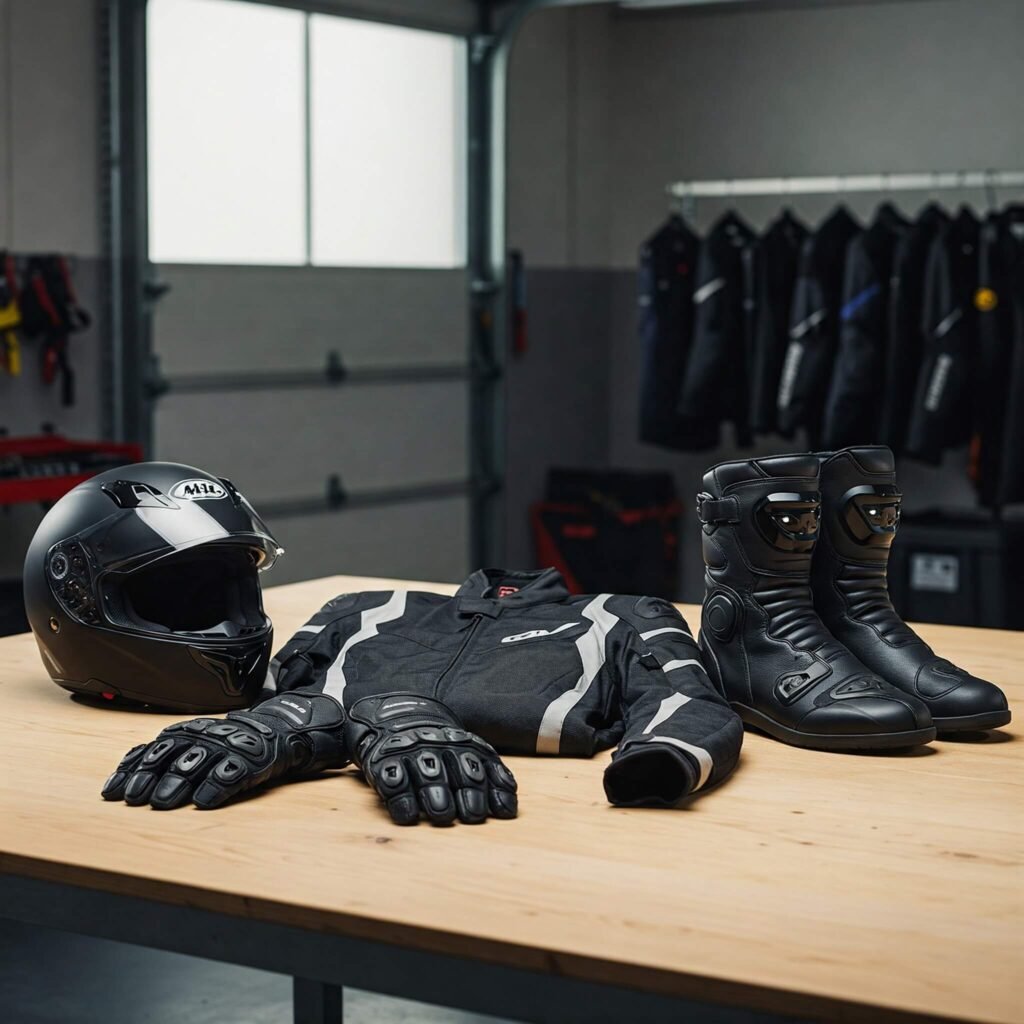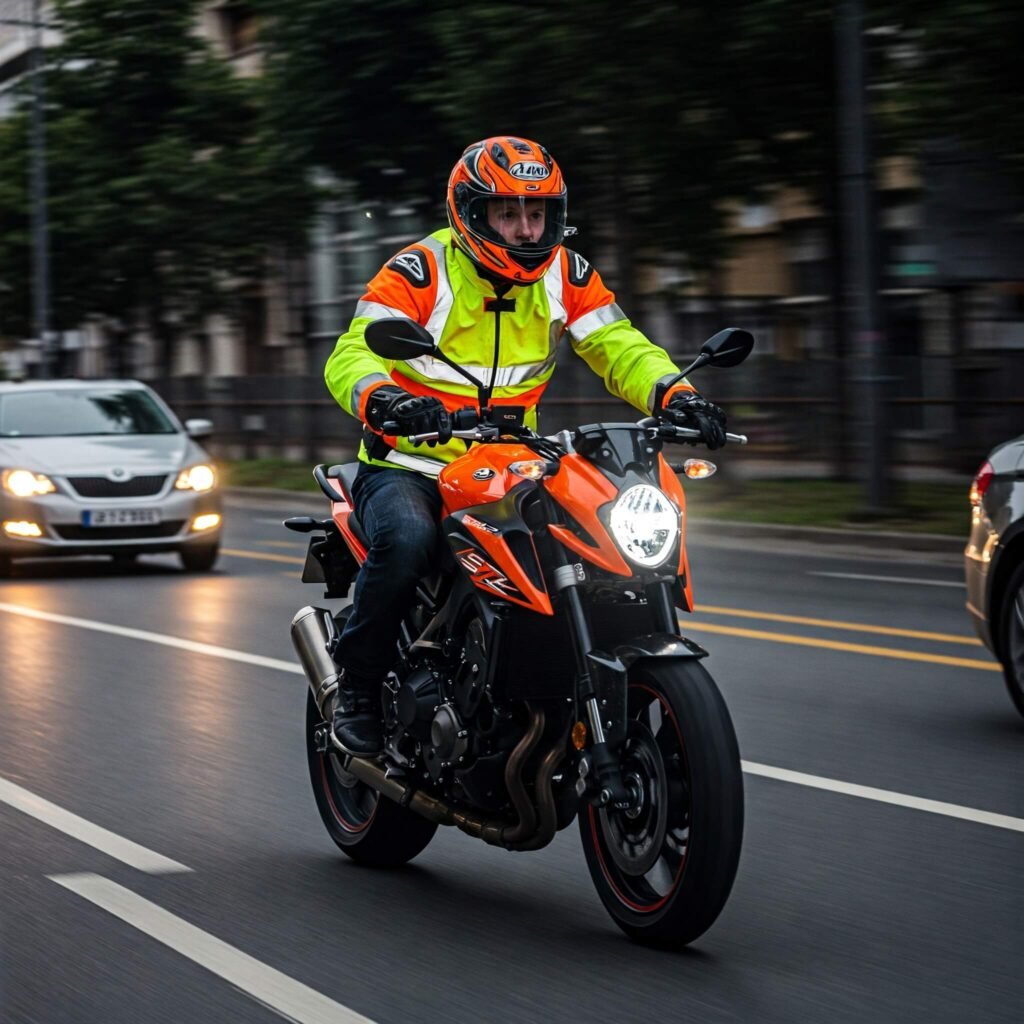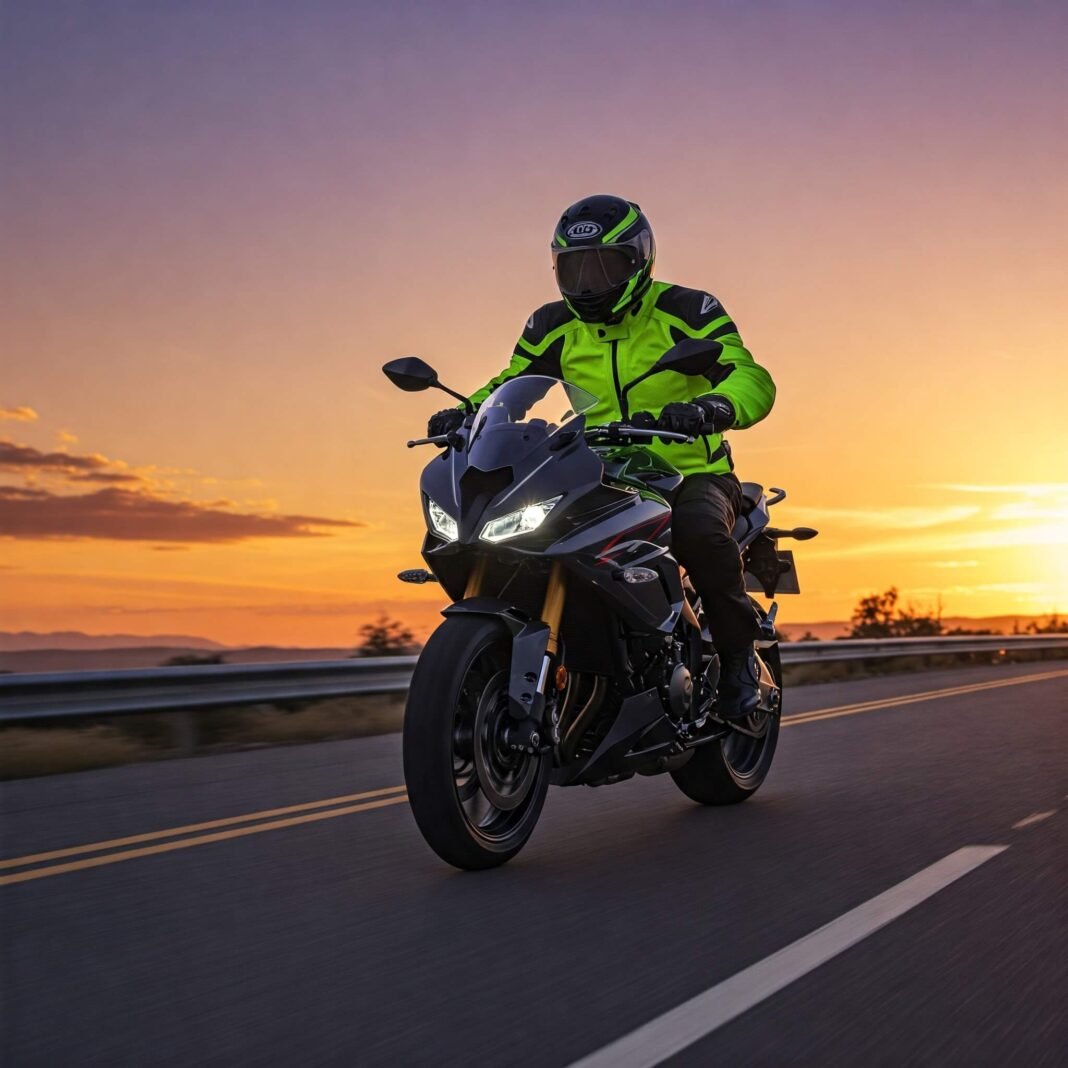Motorcycle accident prevention isn’t just about avoiding crashes—it’s about protecting your life and enjoying your passion for riding. In 2022, over 5,900 motorcyclists lost their lives in the U.S. alone, per NHTSA data. Many of these tragedies could have been prevented with proper precautions. By adopting safe riding habits, you can significantly lower your risk of injury or worse.

Essential Gear for Motorcycle Accident Prevention
Wearing the right gear is your first line of defense in motorcycle accident prevention. Proper equipment can mean the difference between a minor scrape and a life-altering injury.
Helmets: Your Most Critical Protection
A DOT-approved helmet is non-negotiable. According to the Insurance Institute for Highway Safety (IIHS), helmets reduce the risk of head injury by 69%. Choose a full-face helmet for maximum protection.
Protective Clothing
Invest in:
- Jackets and pants: Abrasion-resistant materials like leather or Kevlar.
- Gloves: Reinforced gloves for grip and protection.
- Boots: Ankle-supporting, non-slip boots.
Real-World Example: John, a rider from California, survived a low-speed slide because his Kevlar jacket and full-face helmet absorbed the impact. Without them, his injuries could have been severe.

Mastering Defensive Riding for Motorcycle Crash Prevention
Defensive riding is a cornerstone of motorcycle accident prevention. It involves anticipating hazards and reacting proactively.
Stay Visible
Many accidents occur because drivers don’t see motorcyclists. To stay visible:
- Wear bright or reflective clothing.
- Use your headlights, even during the day.
- Position yourself in the lane where you’re most visible to other drivers.
Anticipate Driver Behavior
Assume other drivers might not see you. Watch for:
- Vehicles turning left in front of you.
- Cars merging into your lane.
- Distracted drivers on phones.
Maintain Safe Distances Motorcycle Accident
Keep a buffer zone around your bike. The Motorcycle Safety Foundation (MSF) recommends a two-second following distance in ideal conditions, increasing in bad weather.

Road Conditions and Motorcycle Safety Motorcycle Accident
Road hazards play a significant role in motorcycle crashes. Motorcycle accident prevention includes being prepared for challenging conditions.
Watch for Road Hazards
Common dangers include:
- Wet or icy roads.
- Gravel or debris.
- Uneven surfaces like potholes or railroad tracks.
Adjust for Weather Motorcycle Accident
Rain, fog, or wind can reduce visibility and traction. Slow down, increase your following distance, and avoid sudden maneuvers in adverse conditions.
Real-World Example: Sarah, a rider in Florida, avoided a crash by slowing down during a rainstorm, spotting a patch of gravel that could have caused her to skid.
Motorcycle Maintenance for Accident Prevention
A well-maintained bike is essential for motorcycle accident Regular checks can prevent mechanical failures that lead to crashes.
Key Maintenance Tips Motorcycle Accident
- Tires: Check pressure and tread depth monthly.
- Brakes: Inspect pads and fluid levels regularly.
- Lights and signals: Ensure all are functioning.
- Chain and belts: Lubricate and adjust as needed.
Outbound Link: For a detailed maintenance checklist, visit CycleWorld’s guide.
The Role of Training in Motorcycle Safety
Formal training enhances motorcycle accident prevention by building skills and confidence.
Benefits of Training Motorcycle Accident Prevention
- Learn proper braking and cornering techniques.
- Practice emergency maneuvers in a controlled environment.
- Gain insights into traffic strategies.
Data Insight: Riders who complete an MSF course are 50% less likely to be involved in a fatal crash, per IIHS studies.
Actionable Takeaway: Visit MSF’s website to find a course near you.
Avoiding Common Causes of Motorcycle Crashes
Understanding common crash causes is key to motorcycle accident prevention.
Top Crash Causes
- Speeding: Excessive speed reduces reaction time.
- Alcohol: Never ride under the influence.
- Inexperience: New riders are at higher risk.
Actionable Takeaway: Practice regularly and avoid riding beyond your skill level.
Conclusion: Prioritize Motorcycle Accident Prevention
Motorcycle accident prevention starts with you. By wearing proper gear, riding defensively, maintaining your bike, and investing in training, you can significantly reduce your risk of a crash. The road is unpredictable, but your preparation doesn’t have to be. Stay safe, stay visible, and keep the thrill of riding alive.





